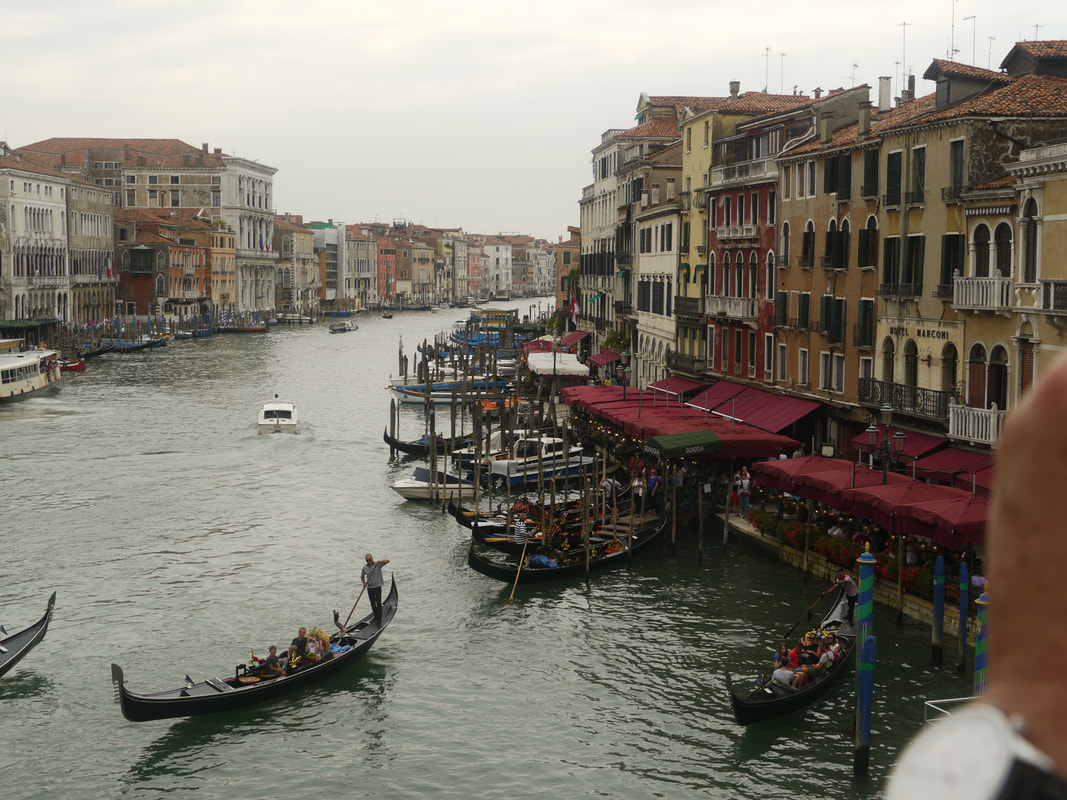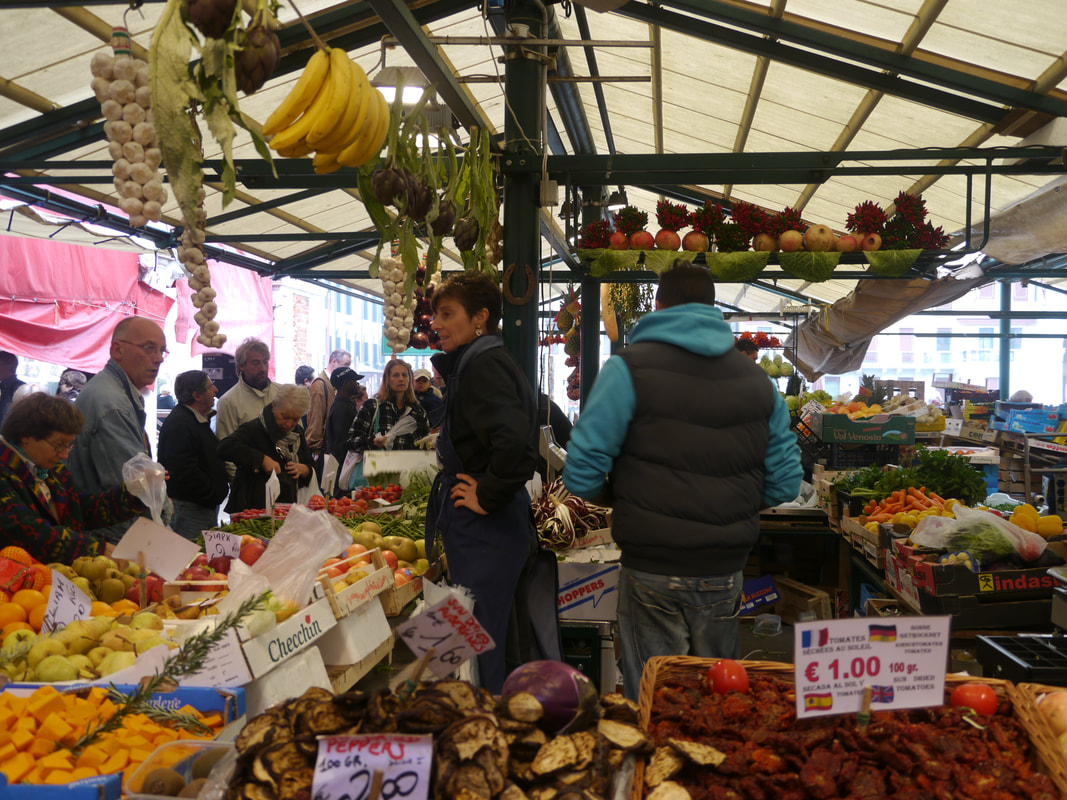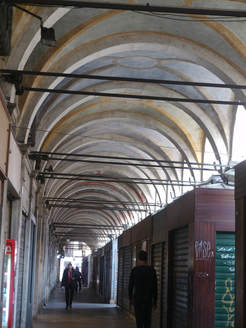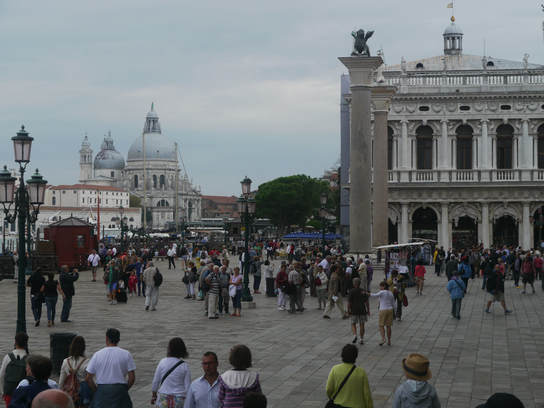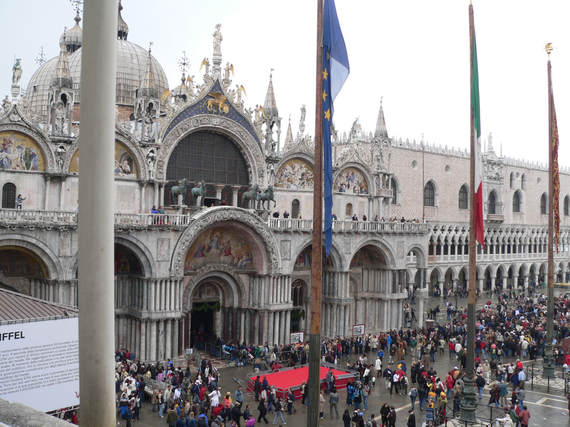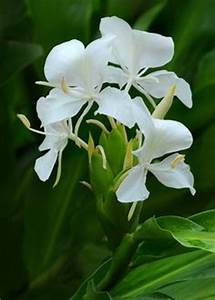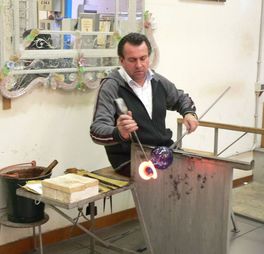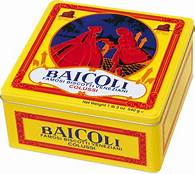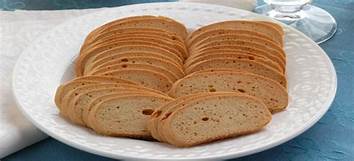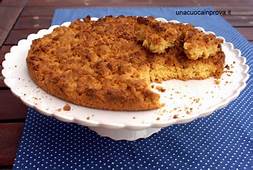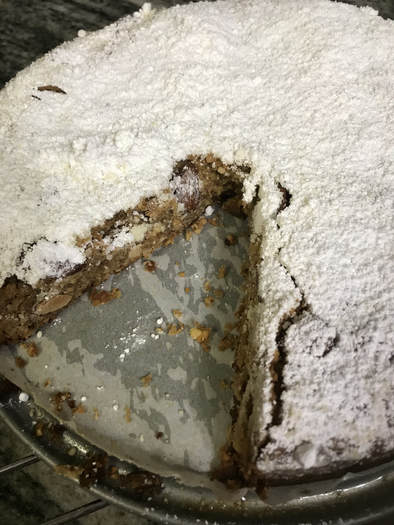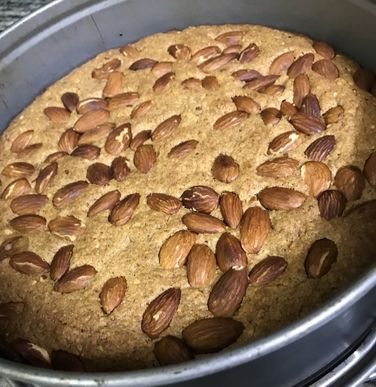Venice is an ancient place, and every moment of its long history still seems to be alive. In the old outdoor marketplace on the dock, ladies come daily to buy clams to prepare for lunch, their poodles in tow as sea gulls observe the transactions, watchful for a tidbit that might fall to the cobblestones.
One imagines Marco Polo himself, Venice’s most famous resident, stepping onto the same dock, returned from his adventures on the Silk Road all the way to China, and ready to share one of the world’s first works of travel literature, The Adventures of Marco Polo, with all of Europe.
Venice’s location in the far eastern corner of Europe provided a perfect starting point for this city, populated since the Tenth Century BC, to serve as the trade route to Asia where spices and silks were exchanged for grain. Venice has always been open and welcoming to cultural and artistic influences from far-flung locations, and throughout the Middle Ages and the Renaissance, a unique style of Venetian art and architecture developed. The Byzantine Empire, centered in Constantinople, and even the Moorish art of Spain influenced some of Venice’s most beautiful buildings, notably the Doge’s Palace and St. Mark’s Cathedral, located on the same gloriously beautiful square in the middle of Old Venice.
Venice is a city of symbols and iconography, and nowhere is this vision from the spiritual imagination more beautifully realized than at St. Mark’s Cathedral. Completed in 1092, St. Mark’s Basilica is the finest example of Italian Byzantine architecture, characterized by domes and arches and iconographic images of the major figures in Christian history. Both the exterior and interior are covered in gold mosaic tiles which sparkle with heart-stopping beauty in sunlight, moonlight and rain. Once the chapel of the Doge, St. Mark’s is now the seat of the Roman Catholic Church in Venice. It was built to house the remains of St. Mark, the Evangelist, retrieved from Alexandria in 828. One of the central symbolic compositions on the exterior of the Basilica is the statue of St. Mark surrounded by gold-winged angels above the gable where a gold winged lion sculpture stands against a blue mosaic background emblazoned with gold stars. This depiction of St. Mark as a winged lion, is now the symbol of Venice herself.
After visiting St. Mark’s, I hope you will save some time to wander aimlessly through Venice, walking with no agenda through the labyrinth of ancient narrow streets, bridges and courtyards, ready for whatever surprise might present itself at any given turn. It is exhilarating to be lost in Venice. Indeed, it is a revelation to feel lost and safe at the same time. How many Americans would relish the thought of being lost on foot in the middle of New York City, Chicago or Los Angeles?
After visiting Venice, you will be eternally hungry for beauty. This is the city of the painters Bellini, Tiepolo, Tintoretto and Titian, the composers Albinoni and Monteverdi and the home of the glorious Murano glass, still being produced on an island among the Venetian waterways. Venice is also a city where anyone can get a good meal at even the most modest neighborhood café and every morning begins with a perfect cup of cappuccino.
A culinary symbol of Venice, almost as famous as the winged golden lion of St. Mark’s Cathedral, is a very simple, not very sweet cookie called Baicoli, better known in its plural form as Baicoli. Baicoli are a type of very thin and dry Biscotti invented in Venice in the Eighteenth Century. They were designed to travel on ships over long voyages and thus, the dry texture allows them to stay fresh like crackers for extended periods of time. Baicoli are oval shaped, like a sea bass, from which their name is derived. These little golden cookies are popular in Venice served with coffee or zabaglione into which they are dipped for dessert.
Another splendid Venetian dessert is Fregolotta, translated into English as “One Big Crumb.” I have seen Fregolotta referred to as either a giant crumbly cookie or a crumb cake. Whatever it is called, this pastry is a heavenly combination of butter, flour, polenta, cinnamon and loads of toasted almonds. Local lore says that Fregolotta was invented more than one hundred years ago at the family owned bakery Pasticceria Zizzola, where this cake (or cookie) is still available. I baked one at home and found it very easy to make and exquisitely delicious. Here is the recipe. Next month our fantasy summer in Italy will continue. We will meet in Rome.
(Italian Crumb Cake)
I have seen recipes for Fregolotta that call for the inclusion of dried cranberries and mini chocolate chips. Though this may produce a very tasty cake, I prefer the more traditional version that relies on almonds for its primary flavor and texture.
- 1 ½ cups whole almonds, toasted
- 1 cup (2 sticks) unsalted butter, at room temperature
- ¼ cup white sugar
- ½ cup brown sugar, packed
- 1 teaspoon pure vanilla extract
- ¼ teaspoon almond extract
- 2 large egg yolks, at room temperature
- 1 cup flour
- ¼ cup polenta or finely ground corn meal
- 1 teaspoon ground cinnamon
- ¼ teaspoon salt
- Powdered sugar for dusting
- Cooking spray for preparing the pan
Preheat oven to 350 degrees F
Special equipment: large foil covered baking sheet, 9” springform pan, lined with parchment, food processor, medium sized mixing bowl, fork, flour sifter or sieve, wire rack, rubber spatula, sharp knife
Makes: 8-16 servings
- Toast 1 ½ cups whole almonds in the pre-heated oven on a foil-lined baking sheet for 10 minutes. Cool the sheet on a wire rack. Spray a 9” springform pan with cooking spray, cut a circle to parchment to fit the bottom of the pan, and spray the parchment in the pan with cooking spray. Set aside.
- Reserve ½ cup of whole almonds and place 1 cup of the cooled almonds in a food processor and pulse until they are very finely chopped. Transfer the chopped almonds to a medium sized mixing bowl and sift the flour, polenta, cinnamon and salt over the almonds. Stir with a fork to combine.
- Place the butter, brown sugar and white sugar in the food processor (no need to clean it after processing the almonds.) Process until the mixture is very light and fluffy. Add the egg yolks and pulse until well combined. Add the vanilla and almond extract and pulse briefly until the flavorings are incorporated
- Add the chopped almonds and dry ingredients mixture to the food processor and pulse until no flour is visible. Transfer the batter to the prepared pan and smooth the top with a rubber spatula. Press the remaining whole almonds evenly over the top of the batter.
- Bake for 35 minutes. Cool on a wire rack for 5 minutes and cut into wedges with a sharp knife (or simply break the cookie into chunks.) Cool completely and sift powdered sugar over the top before serving.



